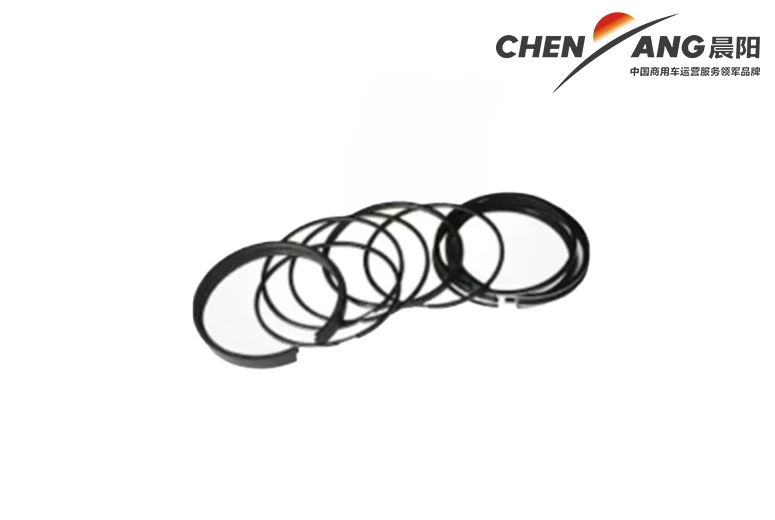transmission cooler for towing
Understanding Transmission Coolers for Towing
When it comes to towing heavy loads, whether it be a trailer, boat, or camper, ensuring that your vehicle operates efficiently and remains within optimal operating temperatures is crucial. One often-overlooked component that plays a vital role in this aspect is the transmission cooler. In this article, we will delve into the importance of transmission coolers for towing, how they work, and why you should consider upgrading or installing one if you frequently tow heavy loads.
What is a Transmission Cooler?
A transmission cooler is a heat exchange system that helps maintain the proper operating temperature of your vehicle's transmission fluid. It works by transferring heat from the transmission fluid to the surrounding air or coolant, thereby preventing the transmission from overheating. Overheating can lead to reduced performance, increased wear and tear, and even catastrophic failure.
Why is a Transmission Cooler Important for Towing?
When towing, the transmission experiences increased strain. The added weight puts additional pressure on the engine and transmission, causing them to work harder. This is especially true in scenarios like climbing steep roads or navigating through traffic, where the transmission has to shift more frequently. As a result, the transmission fluid heats up more quickly than it would under normal driving conditions.
If the transmission fluid temperature rises too high, it can lead to several issues, such as
1. Increased Wear High temperatures can cause the transmission fluid to break down, resulting in inadequate lubrication and more friction within the transmission components.
2. Slipping Gears Overheated fluid can lead to improper shifting and gears slipping, affecting your towing capabilities.
3. Total Transmission Failure In extreme cases, overheating can lead to complete transmission failure, leaving you stranded and facing expensive repairs.
By installing a transmission cooler, you can help mitigate these risks, allowing your transmission to perform efficiently and reliably during heavy towing.
Types of Transmission Coolers
transmission cooler for towing

There are two primary types of transmission coolers air coolers and liquid coolers
.1. Air Coolers These are typically mounted in front of the vehicle’s radiator and use airflow to cool the transmission fluid. As the vehicle moves, air passes through the cooler, helping to dissipate heat from the fluid.
2. Liquid Coolers These are integrated into the vehicle's radiator and use engine coolant to help regulate the temperature of the transmission fluid. While effective, they may not provide sufficient cooling for heavy towing.
For those who tow regularly, an air cooler is often recommended, as it can maintain lower fluid temperatures more consistently.
Choosing the Right Transmission Cooler
When selecting a transmission cooler for your towing needs, consider the following factors
- Capacity Ensure the cooler is adequately sized for your specific towing requirements. A larger cooler typically provides better heat dissipation.
- Mounting Location Ensure that the cooler can be fitted in a location that allows for good airflow, such as in front of the radiator.
- Compatibility Choose a cooler that is compatible with your vehicle’s make and model. It's essential to follow the manufacturer's instructions for installation to ensure optimal performance.
- Quality Invest in a high-quality cooler from reputable brands. A cheaper model may save you money upfront but could lead to higher costs in maintenance and potential transmission repairs down the road.
Conclusion
In summary, investing in a transmission cooler for towing is a smart decision that can significantly enhance your vehicle's performance and longevity. By maintaining optimal transmission fluid temperatures, you reduce the risk of overheating and increase your vehicle's reliability during heavy towing tasks. Whether you are an occasional tower or a frequent hauler, a transmission cooler is a worthy addition to your vehicle's towing setup.
-
SINOTRUK HOWO 84 Electric Dump Truck for Eco-Friendly Heavy HaulingNewsJul.26,2025
-
The Fast 16-Gear Manual Transmission Assembly for Heavy TrucksNewsJul.25,2025
-
Mercedes Benz Actros 1848 42 Tractor Truck for Sale - Reliable PerformanceNewsJul.24,2025
-
High-Quality Water Pump Assembly for Sinotruk Trucks – Durable & ReliableNewsJul.23,2025
-
Premium Truck Engine Antifreeze Coolant Fluid for Heavy Duty VehiclesNewsJul.22,2025
-
FOTON View G7 Mini Bus: Affordable & Spacious TransportNewsJul.22,2025
Popular products

























